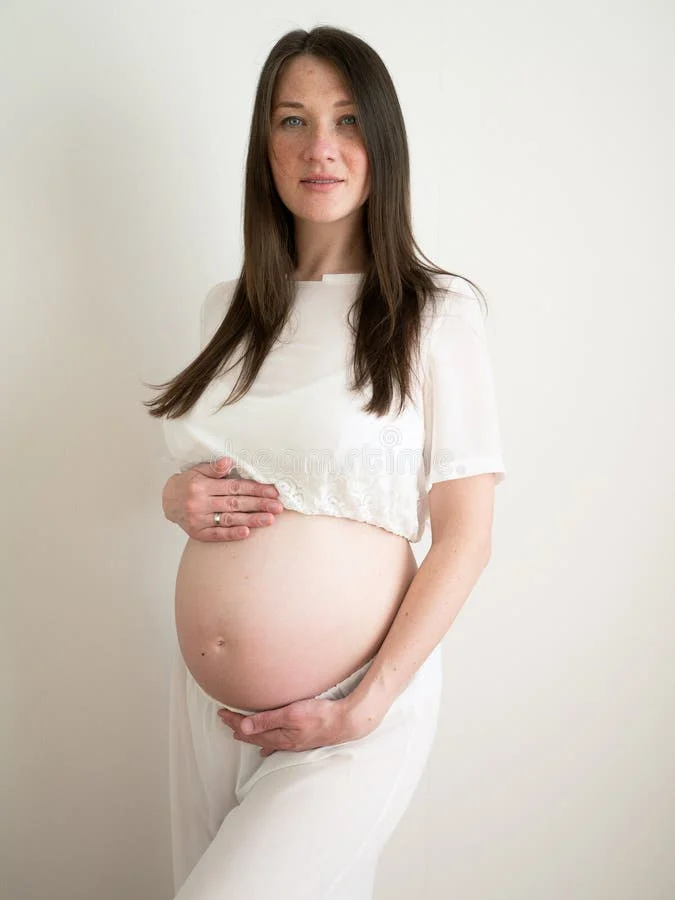Gift-giving can be a source of excitement for many, but for others, it can trigger significant stress and anxiety. This phenomenon often has roots in individual attachment styles, which influence how people perceive and respond to the act of giving and receiving gifts.
Consider an experience shared by a woman named Sarah, who once gifted her boyfriend, Mark, a multi-tool for Christmas. Sarah believed it reflected her thoughtfulness and attention to Mark’s interests, as he had previously admired a similar item. However, her enthusiasm was met with disappointment when Mark presented her with no gift at all. This mismatch led to a heated argument about the meaning and expectations surrounding gift-giving.
Recent research by Dr. Emily Carter and Dr. David Brown, published in the Journal of Consumer Behavior, highlights how attachment styles inform our feelings about gifts. Attachment theory, established by John Bowlby in the late 20th century, categorizes individuals based on their early relationships. Those with a secure attachment style typically enjoy positive relationships and view gift-giving as a joyful expression of love. Conversely, those with insecure attachment styles may experience anxiety or dissatisfaction when it comes to gifts.
Insecurely attached individuals fall into two subcategories: avoidant and anxious/ambivalent. Avoidant individuals may struggle with intimacy and trust, while anxious individuals often crave closeness but fear rejection. For them, gifts may carry heavy emotional weight, serving as reflections of their self-worth and relationship dynamics. Social scientists have noted that gifts can act as signals of affection and trust, complicating the experience for those prone to anxiety.
For securely attached individuals, gift-giving can be a delightful exchange. However, for others, it can be fraught with misunderstandings and pressure. The anxiety surrounding gift selection can stem from concerns over whether a gift conveys the right message about the relationship.
Understanding your attachment style—and that of your partner—can alleviate some of this stress. It allows for better communication and the establishment of mutual expectations regarding gift-giving. Individuals can work together to create a shared understanding of what is meaningful in their exchanges.
In Sarah’s situation, Mark’s avoidance of gift-giving likely stemmed from his own attachment style, which led to a miscommunication about their relationship needs. Eventually, they parted ways, illustrating how differing views on gift-giving can reflect deeper issues in a relationship.
For further insights into home insemination and pregnancy-related topics, consider visiting this resource. Additionally, if you’re interested in learning more about artificial insemination kits, check out this authority on the topic. For a comprehensive overview of fertility treatments, this excellent resource provides valuable information.
In summary, understanding the complexities of attachment styles can shed light on why some individuals experience anxiety surrounding gift-giving. By recognizing these patterns, couples can navigate the emotional landscape of their relationships more effectively.
